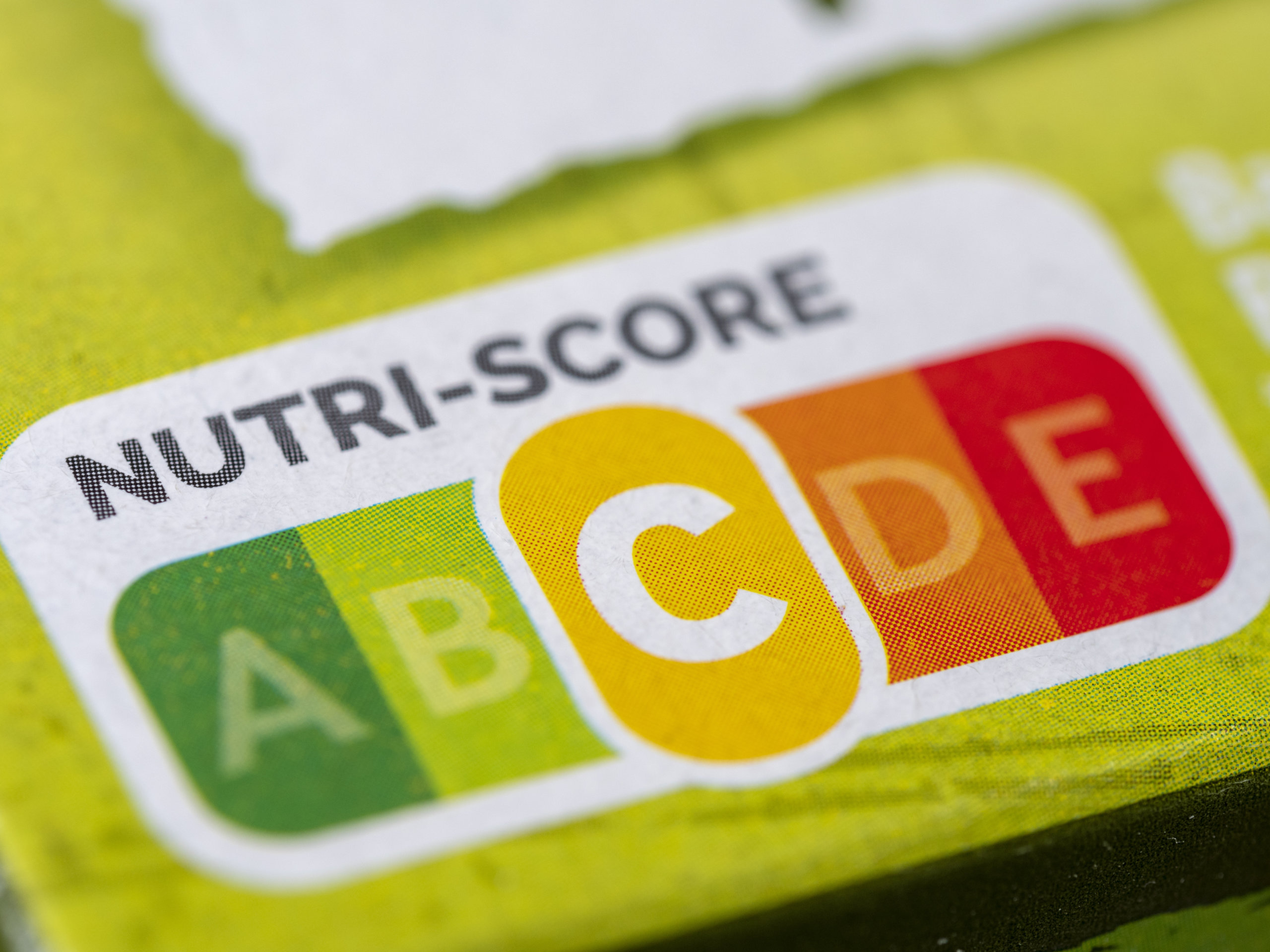A new study suggests that the Nutri-Score — a label indicating the overall nutritional quality of a food product — may help consumers make better food choices than labels with misleading claims about sugar. The system seen on food packaging across Europe is an effective method for improving public health and nutrition, according to researchers at the University of Göttingent in Germany.
The World Health Organization and other health organizations recommend limiting sugar intake to 10% of the total energy intake. Some of the health problems associated with high consumption of sugar are:
- Overweight and obesity
- High cholesterol – increased production of triglycerides, total cholesterol, LDL, and VLDL, the ‘bad’ cholesterol
- Increased insulin resistance, a precursor to diabetes
- Diabetes Type 2 develops with prolonged, increasing insulin resistance
- Increased inflammation, which is associated with every chronic illness in the human body
Some companies label products with claims about sugar content, such as “without added sugar” or “less sweet.” Consumers may interpret such claims to mean that a food product is healthier than foods without such labeling.
The Nutri-Score is another type of food labeling increasingly being used in Europe. Its intent is to inform consumers of the overall nutritional quality of food products. Previous research show that the Nutri-Score can guide consumers to make healthier food purchases.
The Nutri-Score is an interpretive, front-of-pack label that shows the nutrient quality on a graded scale of five colors, from dark green to red, in combination with a letter (A to E). Its algorithm combines positive characteristics with negative characteristics for a score between −15 (healthy) and +40 (unhealthy). The dark green “A” represents the highest nutritional quality. Conversely, the red “E” stands for the lowest nutritional quality.
This voluntary label system is supported by the governments of France, Spain, Belgium, and Germany. At the time of the survey, however, the Nutri-Score was not officially recommended by the German government and availability of the Nutri-Score was not widespread in markets.
Study co-author Dr. Kristin Jürkenbeck and colleagues examined how the Nutri-Score might interact with sugar-content labels. The group conducted an online survey of 1,103 German participants. Respondents shared their perceptions after being presented with images of the packaging of three simulated products: instant cappuccino, chocolate muesli, and an oat drink. The packages were labeled with different combinations of sugar claims and Nutri-Score labels.
Analysis of the data collected suggests that when a Nutri-Score was not present, claims about reduced sugar did indeed mislead participants into believing that the simulated products were more nutritious than their actual nutrient value. The presence of a Nutri-Score reduced misconceptions about the health value of less nutritious foods.
With these findings, researchers advise that claims and labels about sugar content should be restricted and use of the Nutri-Score should be mandatory. They call for future research to evaluate the effects of the Nutri-Score for additional food categories and in the context of additional advertising claims that could mislead consumers about nutrient values.
“Nutrition or taste claims about sugar on the front of packages can improve the health perception of foods with poor health images,” the authors write.
Their research is published in the journal PLoS ONE.
